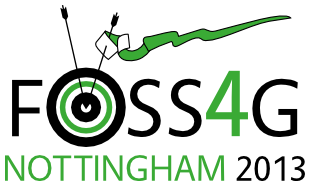Presentation
Democratising Spatial Data Access and Understanding for Planning Visualisation with GIality
Crispin Hoult (Linknode Ltd)
14:00 on Thursday 19th September (in Session 14, starting at 2 p.m., EMCC: Room 2)
Show in Timetable
This paper introduces a new digital and in-field mobile solution for landscape visual impact analysis (VIA) with in-field mobile visualisation using GIality (the convergence of 3D models, sensors including location and spatial data) to provide new and engaging, contextual and personal access to information. By taking planning data for spatial analysis off the map and into intuitive app-based mobile systems we will discuss how traditional plan-based representation is not always the best communication tool. Maps may remain a tool for experts and professionals but the future of GI representation is no longer limited by physical media. For public understanding – and the democtatisation of data –we must understand and embrace new technology trends and opportunities in consumer devices. We will explain how, using modern technology drivers including devices such as mobile phones and tablet computers, combined with geospatial positioning, spatial data and services, GIality can bring a new dimension democratisation and community engagement with planning & renewables data. Especially related to planning and renewable energy development, visual impact is one of the primary aspects in the consideration of acceptance under local and national guidance. This is most reported where the impact of wind turbines on the landscape has split political, environmental and consumer opinion. However the current mechanisms and procedures for visual impact assessment (VIA) are based on traditional printed off-site analysis which limits their context, scope and use. A new approach will be demonstrated with a case study in Scotland. The trends for mobile work and play, combined with integrated sensors and social coordination provide the availability and accessibility of tools for both professionals and citizens to democratise and personalise data. The augmentation of as-planned models and geospatial data with device location, attitude and orientation allows individual places of residence, work and play to be equally fairly, rigorously and unambiguously assessed for visual impact and create cost-effective solutions.
